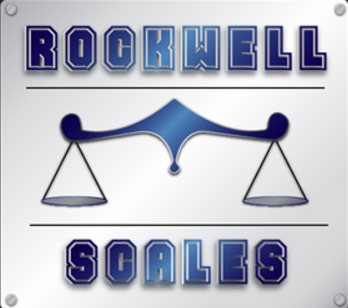Scale Calibration Guide
May 2, 2022 12:00 am Leave your thoughtsCalibration refers to testing a scale to ensure it has the desired level of accuracy. In a setting where outcomes are dependent on precise weights, calibration is of utmost importance. Inaccurate scales could substantially hurt your enterprise as manufacturing and processing incorrect measurements can result in quality issues, a product recall, or scrapped batches.
If you depend on a scale for part of your enterprise, you must ensure it is well-calibrated. Regrettably, even the best quality scale cannot be accurate forever. Usual wear and tear arise, and with time, errors occur. Accuracy can degrade faster if your scale is exposed to mechanical or electric shock or is in an environment with oils, metal chips, moisture, etc.
Guides on Scale Calibration
Calibration is critical when it comes to scales and balances. Minus regular calibration, you never know how erroneous your measurements are, and you could be doing guesswork.
In this article, we will explain its necessity, how you should calibrate your scales and balances and how frequently you should do it.
How is calibration done?
A known certified or standard mass is placed on the scale, and the weight reading is noted. If the readings match the standards or fall within the margin of error, the scale does not require any adjustments. If the readings do not fall within the tolerance, the scale will require servicing to restore the required state of accuracy.
While an instrument can measure a specific range of weight, referred to as the range of the instrument, it might or might not be calibrated for that whole range. Instead, you may calibrate its range from zero to a weight of your choice (called the span). After you define the range, calibration is set at several points starting from zero to span for high accuracy.
Types of scale calibrations
- Factory Calibration: Every scale comes with factory calibration. During the few days since it left the factory, you may think that the scale is brought ready for use. The factory’s location and your business location are different – with probably different elevations. Thus, the on-site calibration is the way to ensure the scale is accurate.
- Third-party calibration: If you wish to calibrate your scale after it arrives, third-party calibration services are the option.
Frequency of calibrating the sale
The frequency of calibrating your scales depends on their environment, manufacturer’s recommendations, frequency of usage, and the level of accuracy desired. Some scales are calibrated monthly, some yearly, while others are checked daily for accuracy.
Calibration tolerance
Calibration tolerance (according to the International Society of Automation) is the permissible deviation from a definite value. It is expressed in units, percent of reading, or percent of span. Tolerance guides ensure your scale measures weights within a range that does not undesirably affect your enterprise.
Manufacturers usually stipulate accuracy and tolerance for a particular scale. Nevertheless, you shouldn’t rely entirely on them. Rather, in addition to their specified tolerance, consider:
- Your process requirements
- Maintenance requirements and Regulatory accuracy
- Consistency with related instruments
Legal-for-Trade Calibration
Commercial scales require calibration as per the scale calibration guide standards found in Handbook 44; this all-inclusive list of requirements is compulsory for all commercial scales.
Categorised in: Scale Calibration
This post was written by admin
